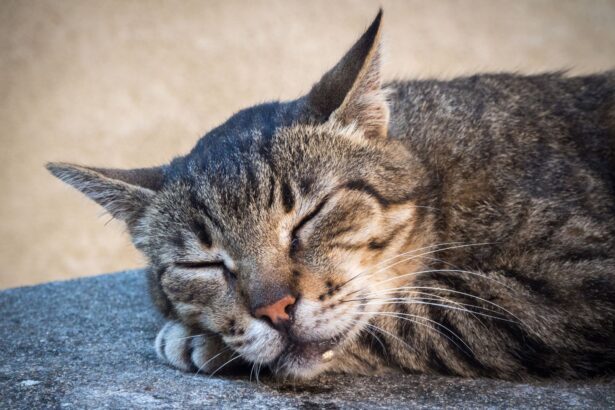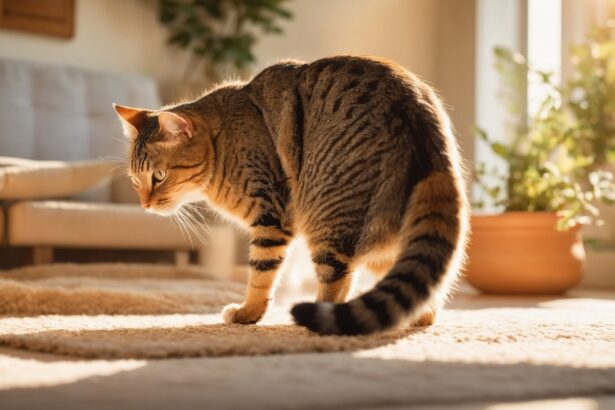Adopting a cat fills a home with purrs, head bumps, and tiny pink beans tapping down the hallway. It also comes with a budget that’s easy to underestimate at first. Here’s a clear, friendly guide to what a cat really costs—from the first cuddle to senior snuggles.
Before the purrs: the initial costs
The price tag changes a lot with breed, age, and where your cat comes from. Popular breeds often cost more: expect around 500–1000€ for a British Shorthair, and up to 1500€ for a Sphynx. Kittens are usually pricier than adults because demand is high.
Adoption from a shelter is typically more affordable than buying from a breeder, and it often includes basic care. Still, plan for first vet visits, vaccinations, spay/neuter, and identification—these add up quickly in the first months.
Don’t forget legal identification and safety: learn what matters about microchipping your cat before day one.
- Starter kit to budget for: litter box and scoop, carrier, bowls, collar/ID tag, brush/comb, nail clippers, a cozy bed, and a scratching post.
- First medical steps: health check, core vaccines, parasite control, and spay/neuter.
- Home setup: safe hidey spot, quiet feeding area, and a stable litter corner away from food.
Pro tip: Create a small “welcome box” a week before your cat arrives so everything smells familiar on day one. Rub a soft cloth on scratchers, bed, and carrier to build a comforting scent trail.
Daily care: the costs that repeat
Food is the main recurring expense. For a balanced diet, plan roughly 15–50€ per month depending on quality, format (wet, dry, or mixed), and your cat’s needs. If your feline has allergies or medical needs, specific diets can cost more.
Curious about choosing food like a pro? This guide on what cats should really eat helps you pick nutrition that supports long-term health.
Litter, hygiene, toys, and small accessories usually run about 15–30€ per month. Choosing the right litter saves both money and mess—see our tips for choosing the best litter for your cat.
- Toys and enrichment: rotate a few favorites each week to avoid constant new buys.
- Scratching posts: essential for your furniture (and your peace of mind).
- Grooming supplies: even short-haired cats benefit from regular brushing.
Common mistake to avoid: Skimping on food quality “to save a little.” Poor nutrition can lead to digestive troubles, dandruff, and expensive vet visits later. Balanced, complete food is an investment—your cat’s coat and energy will tell you it’s worth it.
Fun fact: Cats spend up to two-thirds of their day sleeping. Yes, you’re basically funding a very glamorous nap enthusiast.
Healthcare: planning for the unexpected
Routine veterinary care keeps surprises to a minimum. A basic health check may cost around 30–60€, annual vaccinations about 50–100€, and spay/neuter typically 100–200€. Parasite control (fleas, ticks, worms) is another regular line in the budget.
Want to budget smarter? Learn how to choose the best dewormer for your cat and set reminders for treatments. Older cats may need more frequent visits and monitoring as their needs change.
For peace of mind, consider pet insurance. It can help with unexpected costs like surgery, emergency care, or certain medications—especially valuable when life throws curveballs.
Optional extras (that make life nicer)
Some costs are not essential, but they do elevate comfort and happiness. Professional grooming helps with matting (especially for long-haired beauties), and a cat-sitter or cat hotel makes holidays stress-free for everyone.
- Grooming: trims, detangling, and nail care—more helpful than you’d think.
- Cat-sitting/boarding: budget ahead for travel plans.
- Enrichment: cat trees, puzzle feeders, window perches—small investments, big joy.
If you’re tempted to master coat care at home, this guide to thoughtful cat grooming will have you brushing like a pro.
How to build a realistic cat budget
- Monthly: Food (15–50€) + litter and basics (15–30€). Expect about 30–80€ before healthcare.
- Annual: Vaccines, routine check, parasite prevention, and a little cushion for life’s surprises.
- One-off: Spay/neuter, microchip, carrier, scratching posts, and initial setup.
Smart money move: Automate a tiny transfer (e.g., a few euros) into a “cat fund” every week. It feels painless and covers the next vet visit or litter restock without stress.
FAQ
How much does a cat cost per month on average?
Plan roughly 30–80€ per month for food, litter, and basic supplies. Healthcare varies—routine care is modest, but unexpected treatments can add up.
Is adoption cheaper than buying from a breeder?
Usually yes. Adoption fees are generally lower and may include part of initial care. Breeder prices vary by breed, with popular or rare cats costing more.
What vet costs should I expect in the first year?
Budget for a health check (around 30–60€), annual vaccinations (about 50–100€), and spay/neuter (roughly 100–200€), plus parasite prevention.
Is pet insurance worth it for cats?
If you want financial peace of mind for emergencies or surgeries, it can be very helpful. Compare options to match your cat’s age and lifestyle.








